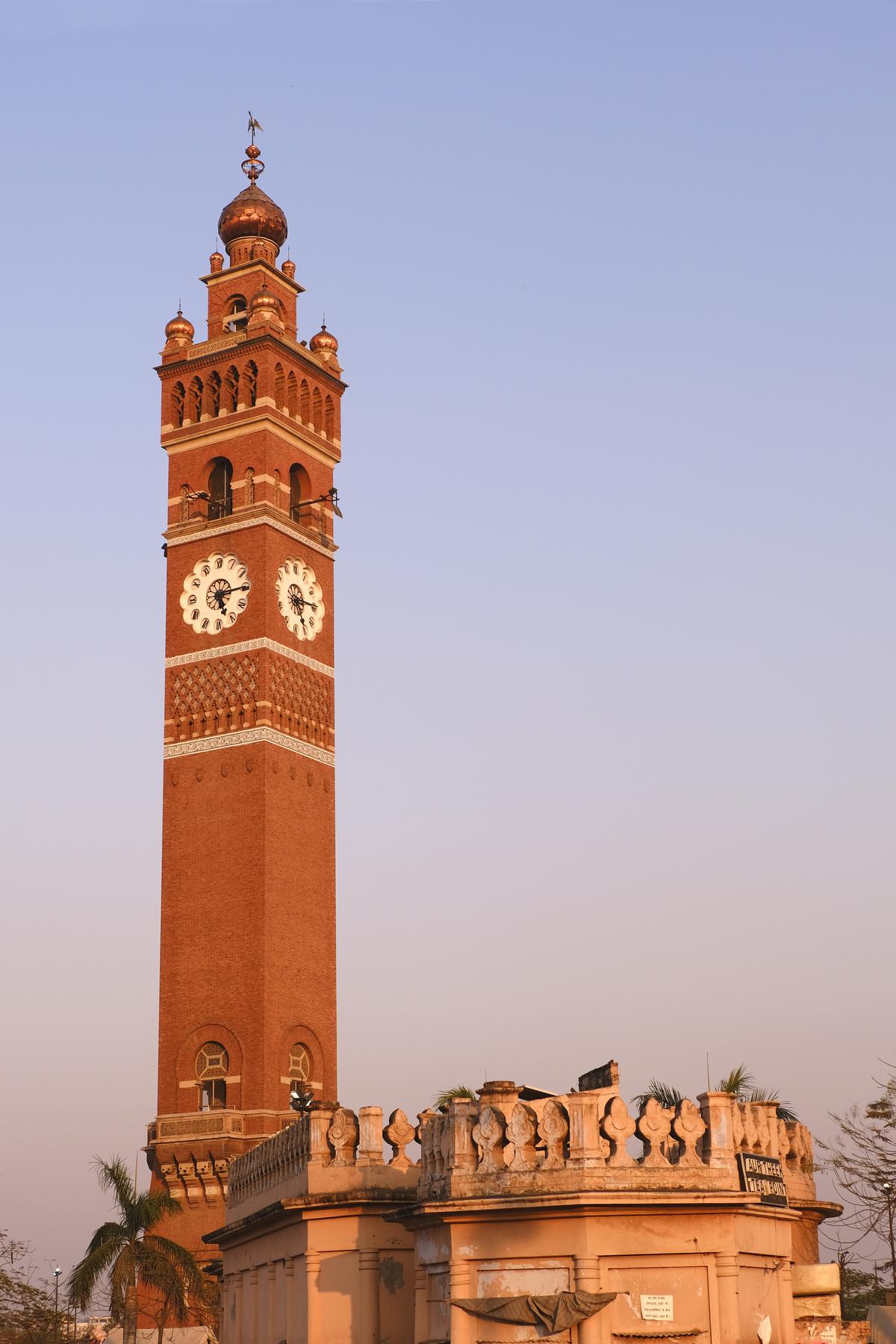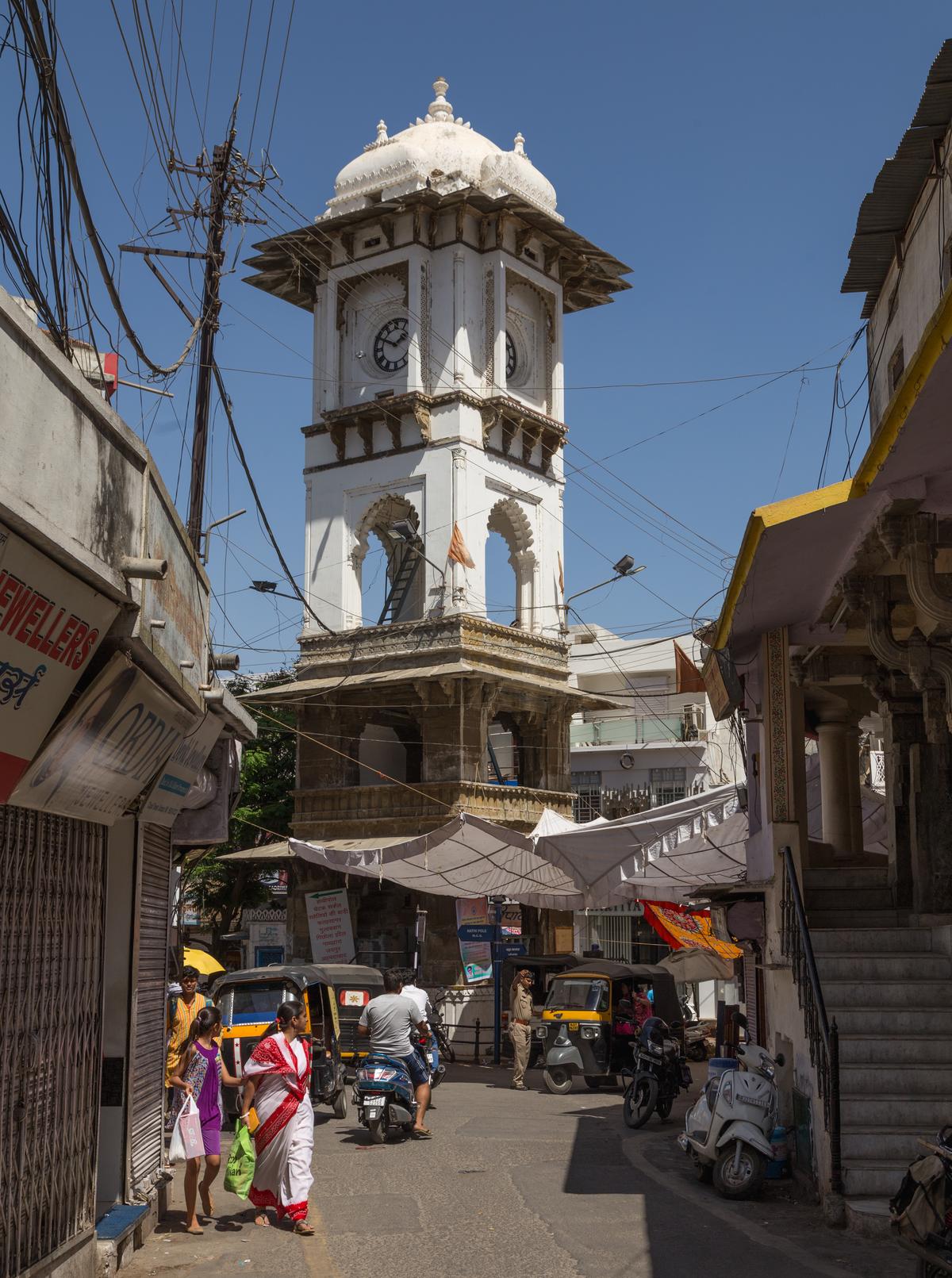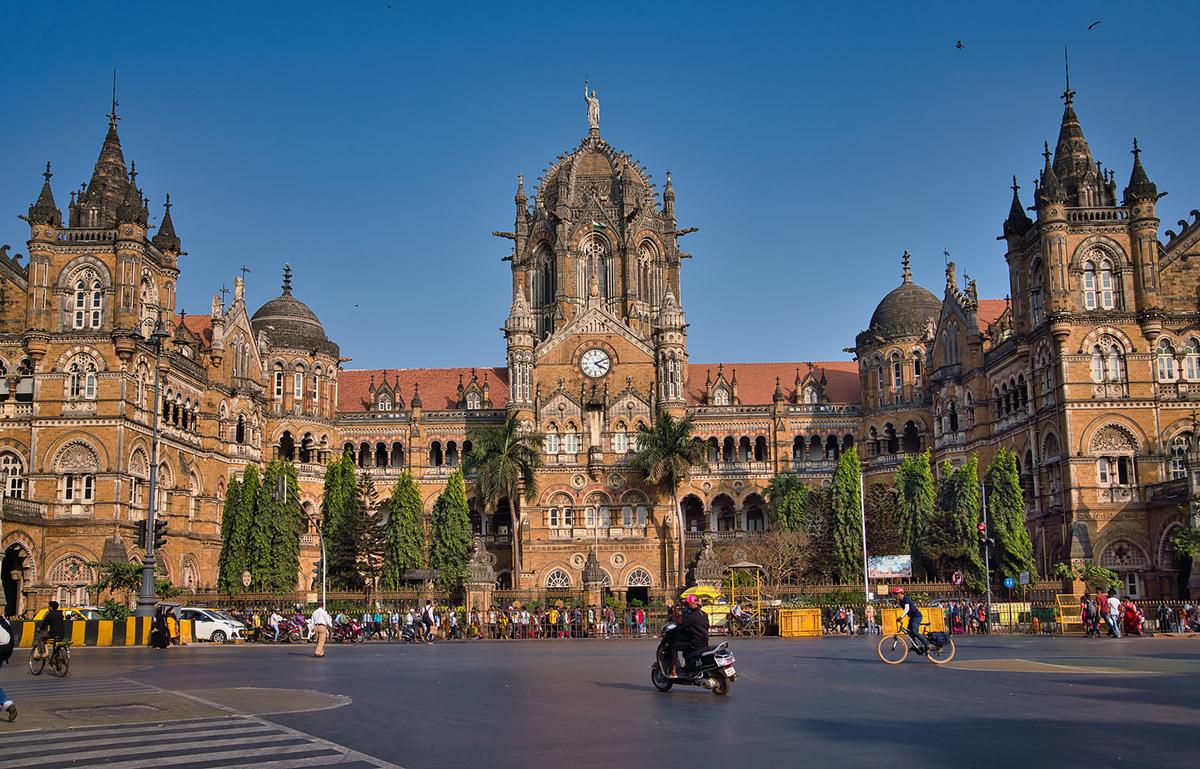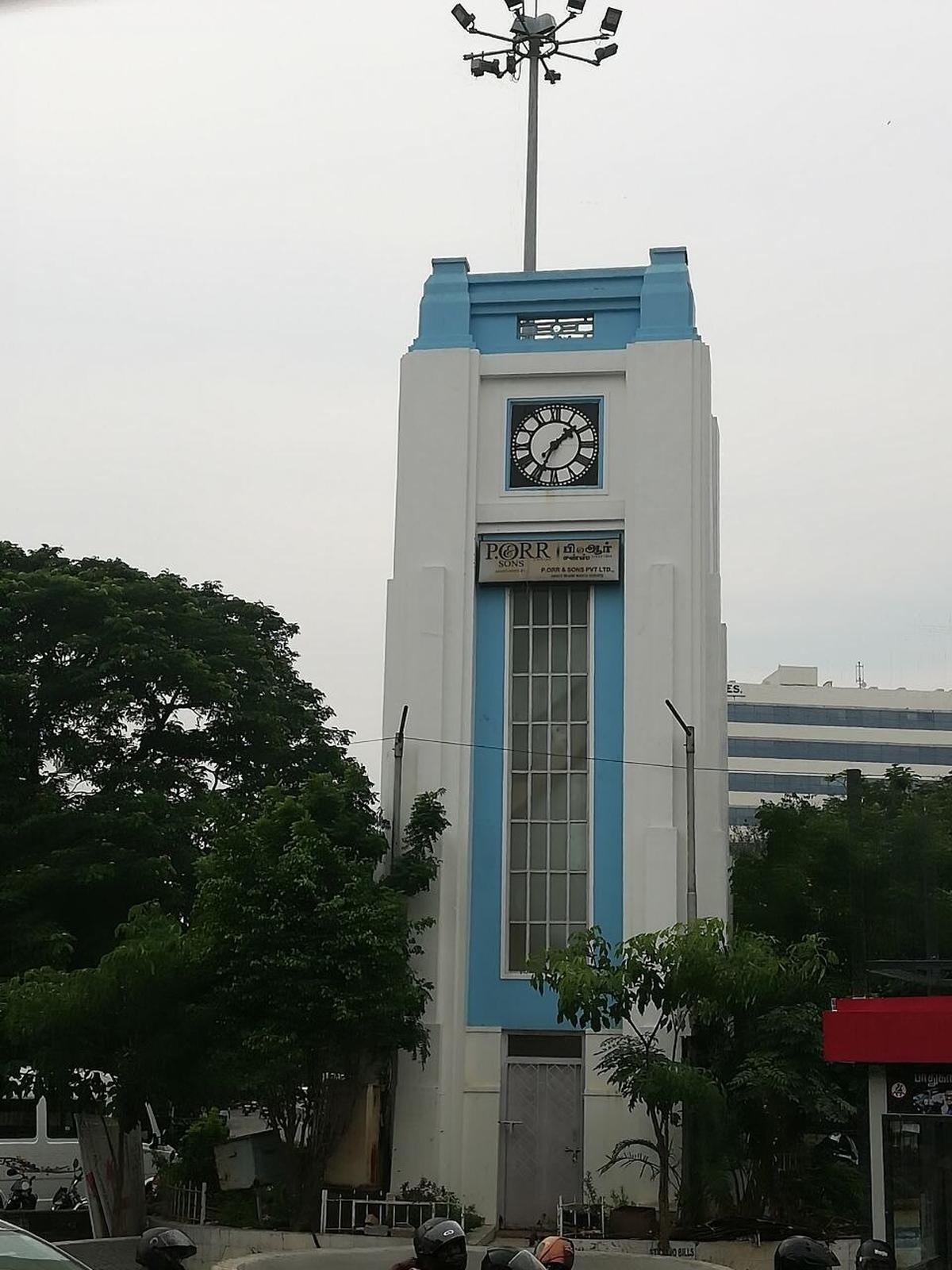Our Terms & Conditions | Our Privacy Policy
Iconic clock towers of India
A view of the clock tower at Lal Chowk in Srinagar.
| Photo Credit: SAJJAD HUSSAIN
Clock towers gained prominence during the British colonial period, as mechanical clocks were difficult to source, according to a news report. These structures not only displayed the symbols of power and authority but also reflected a fusion of various architectural styles, ranging from Gothic to Mughal. Moreover, clock towers ensured that everyone, regardless of caste, creed, or gender, could check the time. Here are some of the most prominent and still fully functional clock towers in India.
Ghantaghar in Udaipur
A view of Ghantaghar in Udaipur.
| Photo Credit:
Getty Images
Serving as Udaipur’s first public clock-tower, this ghantaghar (also known as the clock-tower) is a historic landmark and a popular tourist attraction, built in 1887. A dispute between two communities led to both being fined ₹500. However, the Pradhan (president) intervened and suggested that instead of paying fines, a clock tower should be built as a symbol of peace and harmony. The tower also serves as a tribute to the Royal Family of Mewar.
Trivia: Before its construction, people relied on jal ghadis (water clocks) to tell time.
Hussainabad clock tower, Lucknow
A view of Hussainabad clock tower, Lucknow
| Photo Credit:
Getty Images
Located in the Hussainabad area of Lucknow, Uttar Pradesh, this 221-foot-tall clock tower stands as a marvel of British architecture, adorned with intricate and beautiful designs. It is believed that whenever an earthquake strikes the city, the top of the tower — a dome-shaped structure with a finial made of a golden ball and filled with mercury — rotates. This clock tower was built in the late 19th Century during the rule of Nawab Nasir-ud-Din Haider, the third Nawab of Awadh. Construction began in 1880 and was completed in 1881 to commemorate the arrival of Sir George Cooper, the Lieutenant Governor of the United Provinces of Avadh and Oudh. The tower beautifully blends Mughal and Victorian architectural styles. However, the clock stopped functioning in 1984. A major change occurred in 2010 when Paritosh Chauhan and Akhilesh Agarwal restored the clock, and the city once again heard its bells chime.
Trivia: It is the tallest clock tower in the country and is inspired by London’s Big Ben.
Secunderabad clock tower
A view of Secunderabad clock tower.
| Photo Credit:
Wikimedia commons
Located in Secunderabad, this centuries-old clock-tower once served as a timekeeper for the city when personal watches were uncommon. This 120-foot-high clock tower was built around 1860 and commissioned by the British. Its construction was completed in 1896. It is said that the clock on the tower was donated by Dewan Bahadur Seth Lachmi Narayan Ramgopal, a businessman.
Trivia: The clock tower was proposed for demolition in 2003 to make way for traffic but was ultimately renovated in 2006.
Chhatrapati Shivaji Maharaj Terminus, Mumbai
A view of Chhatrapati Shivaji Maharaj Terminus, Mumbai.
| Photo Credit:
Getty Images
Built between 1887 and 1888, this clock tower in Mumbai, originally known as Victoria Terminus in honour of Queen Victoria’s Golden Jubilee, is a stunning example of Victorian Gothic Revival architecture blended with Indian traditional elements. Its design features towering turrets and pointed arches, making it a defining symbol of Mumbai as the “Gothic City” and a key international mercantile port. A true pillar of timekeeping, the clock remains illuminated even at night, thanks to its front panel made of acrylic sheeting and five mercury light bulbs. Designed by British architect Frederick William Stevens, this clock tower played a significant role in shaping Mumbai’s architectural identity.
Trivia: In 2004, the clock tower was designated as a UNESCO World Heritage Site.
Royapettah Clock Tower, Chennai
A view of Royapettah clock tower in Chennai.
| Photo Credit:
Wikimedia commons
Standing tall amid the bustling traffic and sultry heat of Chennai is the Royapettah Clock Tower. Built in 1930 in the Art Deco style, it is one of four standalone clock towers in the city — the others are located in Mint, Doveton, and Pulianthope. Once a vital timekeeper for residents and commuters, it now stands as a nostalgic reminder of the city’s colonial past and architectural heritage. For those who pause to notice, it offers a glimpse into an era when public clocks were a part of everyday life, not merely relics of history.
Trivia: A century ago, it is said that British officers would fire cannonballs precisely at 8 p.m. to mark the time.
Published – June 13, 2025 10:00 am IST
Images are for reference only.Images and contents gathered automatic from google or 3rd party sources.All rights on the images and contents are with their legal original owners.








Comments are closed.